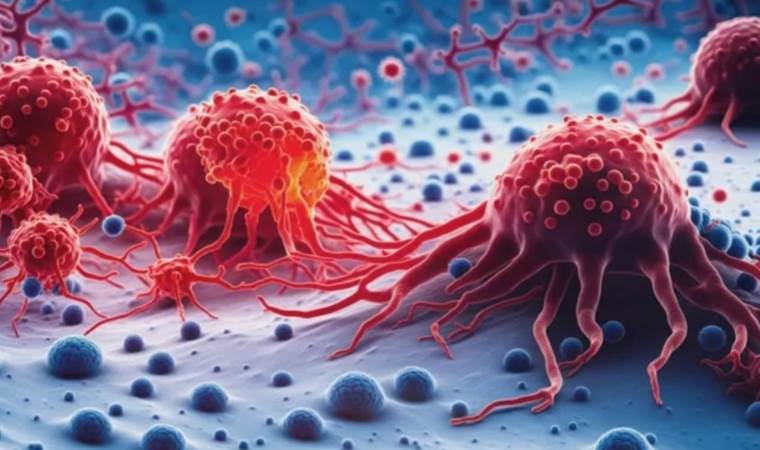Cancer breakthrough: New method destroys 99% of cells
Scientists at Rice University have unlocked a groundbreaking method using aminocyanine molecules, commonly used in medical imaging, to target and destroy cancer cells. This method demonstrates an extraordinary success rate in laboratory settings.

These specialized molecules, when activated by near-infrared light, vibrate collectively to form a "plasmon," leading to the rupture of cancer cells' membranes. This process, described as “molecular jackhammers,” offers a highly effective treatment, with potential implications for a wide range of cancers.
Impressive Laboratory Results
In laboratory tests, the treatment achieved a staggering 99 percent success rate against human melanoma cells. In addition, animal studies have shown significant results, with half of the melanoma-afflicted mice becoming cancer-free post-treatment.
Expert Insights
Ciceron Ayala-Orozco from Rice University explains the uniqueness of this approach and its potential to change cancer treatment. He emphasizes the simplicity and biocompatibility of these molecules, now repurposed to activate as plasmons and treat cancer at a molecular level.
Future of Cancer Treatment
This method's ability to use near-infrared light could revolutionize cancer treatment, potentially allowing for non-invasive procedures even in difficult-to-reach areas like bones and internal organs. This research adds to a series of recent breakthroughs in the field of oncology, paving the way for more effective and less invasive cancer treatments.
Ongoing Progress in Oncology
The study is part of a broader advancement in cancer research, including last year's introduction of a cancer-killing virus and the development of self-destructive methods for cancer cells. Moderna's recent vaccine, reducing the risk of certain skin cancers, further illustrates the rapid progress in this field. These developments offer new hope and avenues in the fight against cancer.
Most Read News
-
 Recent Russian strikes on Kyiv were 'not necessary,' say
Recent Russian strikes on Kyiv were 'not necessary,' say
-
 Germany offers Syrians up to $4,555 to return home
Germany offers Syrians up to $4,555 to return home
-
 Despite stated ban, Spain continues to buy arms from Isr
Despite stated ban, Spain continues to buy arms from Isr
-
 China denies having talks with US on tariffs
China denies having talks with US on tariffs
-
 60 militants from paramilitary RSF killed in North Darfu
60 militants from paramilitary RSF killed in North Darfu
-
 Nearly half of Americans now live with dangerous air qua
Nearly half of Americans now live with dangerous air qua
-
 Zelenskyy partially cancels South Africa visit in wake o
Zelenskyy partially cancels South Africa visit in wake o
-
 Britain lifts sanctions against Syrian defense, interior
Britain lifts sanctions against Syrian defense, interior
-
 Pakistan says any Indian attempt to divert, stop flow of
Pakistan says any Indian attempt to divert, stop flow of
-
 Turkic world will continue to stand by Turkish Cypriots,
Turkic world will continue to stand by Turkish Cypriots,










